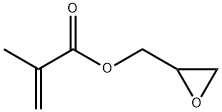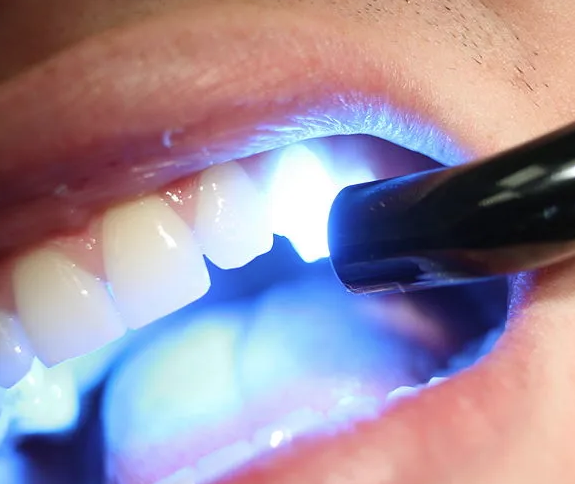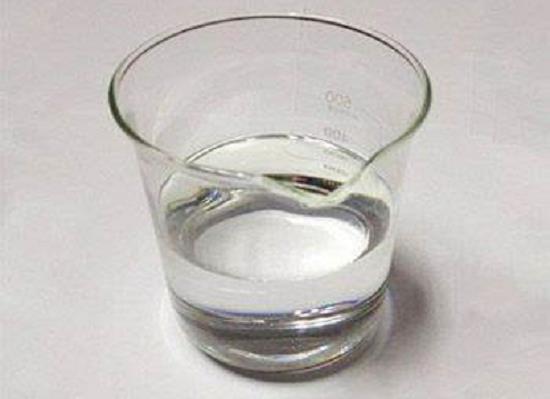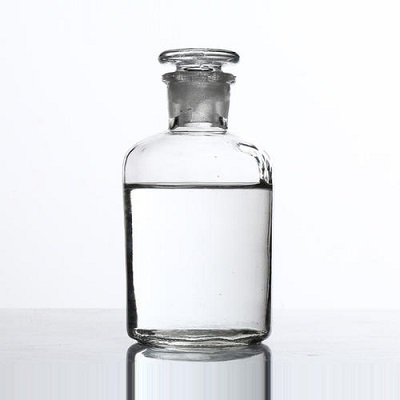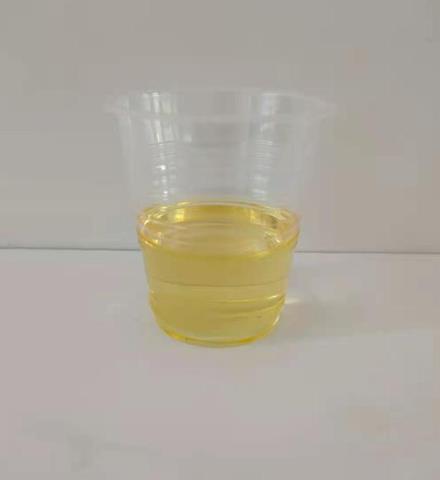Glycidyl Methacrylate: A Key Compound in Self-Healing Technologies and Enhanced Cardiovascular Biomaterials
General Description
Glycidyl methacrylate is a vital component in the development of innovative materials, particularly in self-healing systems and cardiovascular biomaterials. In self-healing applications, glycidyl methacrylate-based copolymers enhance the healing capabilities of waterborne polyurethanes, allowing these materials to self-repair through external stimuli such as water and heat. In cardiovascular applications, glycidyl methacrylate is used to crosslink decellularized fish swim bladders, resulting in improved biocompatibility and reduced immunogenic responses compared to traditional materials. This approach leads to enhanced antithrombotic and anticalcification properties, paving the way for safer and more effective medical implants and advanced material designs.

Figure 1. Glycidyl methacrylate
Applications in Self-Healing Materials
Glycidyl Methacrylate has emerged as a crucial component in the development of self-healing materials, especially in the context of waterborne polyurethanes. The incorporation of Glycidyl Methacrylate-based copolymers within these systems enables the customization of healing properties, which are essential for the longevity and functionality of materials. In recent studies, two distinct types of copolymers were synthesized: the hydrophobic copolymer P(BA-co-Glycidyl Methacrylate) and the amphiphilic copolymer P(PEGMA-co-Glycidyl Methacrylate). These copolymers enhance the compatibility and performance of waterborne polyurethanes, creating homogenous composites that exhibit varied material characteristics. Notably, materials formed with P(BA-co-Glycidyl Methacrylate) are primarily amorphous, while those involving P(PEGMA-co-Glycidyl Methacrylate) are more versatile, transitioning from amorphous to semi-crystalline states based on their composition. 1
Healing Mechanisms Using Glycidyl Methacrylate Copolymers
The unique properties of Glycidyl Methacrylate copolymers facilitate significant healing capabilities when integrated into waterborne polyurethanes. The healing efficiency of these materials can be activated through two external stimuli: the introduction of water or application of heat. The research indicates that water serves as an effective healing trigger, leading to compelling results that enhance the structural integrity of the resulting composites. Such advancements suggest that glycidyl methacrylate-based copolymers do not merely improve the physical properties of waterborne polyurethanes but also contribute to their ability to self-repair after damage. This innovative approach to material design shows promise for various applications, including coatings, adhesives, and structural materials in industries where durability and longevity are paramount. The successful implementation of Glycidyl Methacrylate within self-healing systems marks a significant advancement in material science, paving the way for future developments in smart materials. 1
Application in Cardiovascular Biomaterials
Glycidyl methacrylate plays a crucial role in the development of novel cardiovascular biomaterials, specifically in the crosslinking of decellularized fish swim bladder for artificial biological valves. Recent advancements in biomaterials research have highlighted the importance of reducing immunogenic responses while enhancing the mechanical and functional properties of cardiac devices. Traditional approaches have utilized glutaraldehyde for crosslinking bovine or porcine pericardium; however, these materials often come with higher immunogenicity risks. By employing a glycidyl methacrylate-based radical polymerization technique, researchers have successfully modified swim bladders, which are structurally similar to pericardium but significantly less immunogenic. This innovative method utilizes the amino and carboxyl groups found in swim bladder tissue to react with the epoxy groups present in glycidyl methacrylate, facilitating the introduction of carbon-carbon double bonds that enhance the material's properties suitable for cardiovascular applications. 2
Enhanced Properties of Glycidyl Methacrylate-Crosslinked Biomaterials
The use of glycidyl methacrylate in crosslinking swim bladder tissues has yielded promising results in terms of antithrombotic and anticalcification capabilities, crucial for long-term durability and functionality of cardiovascular devices. Experimental results demonstrated a remarkable 35% reduction in platelet adhesion when comparing glycidyl methacrylate-crosslinked swim bladders to those crosslinked with traditional glutaraldehyde. This reduction in platelet adhesion is indicative of improved anticoagulant properties, which was further substantiated through ex vivo arteriovenous shunt assays. Additionally, in vivo studies involving the subcutaneous implantation of glycidyl methacrylate-crosslinked swim bladders into rats showcased a significant decrease in calcification, a common issue associated with cardiovascular implants. These findings highlight the effectiveness of glycidyl methacrylate in enhancing the biological performance of biomaterials, making it a pivotal component in the advancement of safer and more effective cardiovascular implants. 2
References:
[1] IOANNA TZOUMANI. Glycidyl Methacrylate-Based Copolymers as Healing Agents of Waterborne Polyurethanes.[J]. International Journal of Molecular Sciences, 2022, 23 15. DOI:10.3390/ijms23158118.[2] MEILING LI. Glycidyl methacrylate-crosslinked fish swim bladder as a novel cardiovascular biomaterial with improved antithrombotic and anticalcification properties.[J]. Journal of Biomaterials Applications, 2022, 36 7. DOI:10.1177/08853282211054205.
Related articles And Qustion
Lastest Price from Glycidyl methacrylate manufacturers

US $50.00-10.00/kg2025-09-02
- CAS:
- 106-91-2
- Min. Order:
- 1kg
- Purity:
- 99%,Electronic grade(Single metal impurity≤ 100ppb) or pharmaceutical grade
- Supply Ability:
- 100kg

US $0.00/kg2025-06-05
- CAS:
- 106-91-2
- Min. Order:
- 230kg
- Purity:
- 99%
- Supply Ability:
- 20 ton
